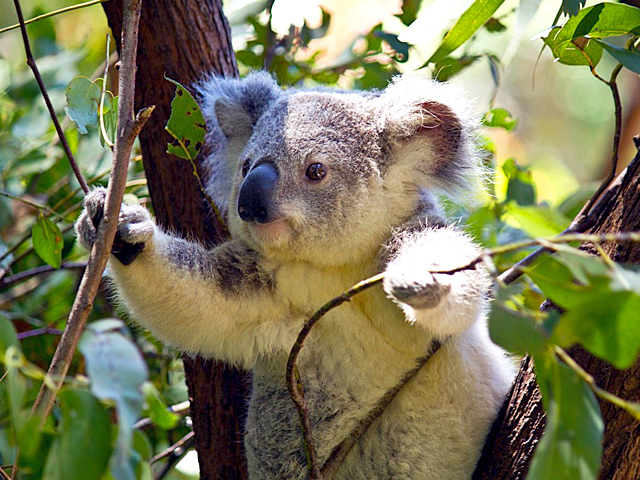MELBOURNE URBAN FOREST STRATEGY REVEALED
05 Jun 2018
The city-wide Metropolitan Urban Forest Strategy is set to be released later this year for Melbourne. The strategy will work to unite previously utilised strategies and create a metropolitan urban forest that will increase the city’s liveability.

The Nature Conservancy and Resilient Melbourne have teamed up to map the vegetation of the entire Melbourne metropolitan area in an Australian-first they say will help the city’s fight to stay on top of the liveability charts.
Using new digital mapping technology, the team have just finished mapping the coverage of greenery in Werribee in Melbourne’s west, including vegetation height. The Nature Conservancy Australia director of conservation, Dr James Fitzsimons, said the mapping was an essential element in creating a new city-wide Metropolitan Urban Forest Strategy, which is set to be released later this year. 
The urban forest strategy will work to unite those strategies already underway by local councils such as City of Melbourne, City of Yarra and Stonnington, as well as efforts by community and private sector efforts. It will also support the state government’s plans to create a metropolitan urban forest, as outlined in Plan Melbourne.
Resilient Melbourne chief resilience officer, Toby Kent, said there was an increased pressure to include space for trees and vegetation on both public and private land, with the population expected to double by 2050.
“It’s essential that we recognise the benefits that trees and other vegetation provide for people and nature across our metropolitan city,” Mr Kent said. “Doing so will help us to manage a range of chronic stresses and acute shocks that otherwise threaten the liveability and, in extreme cases, viability of Melbourne.”
Digital Globe and Trimble are, respectively, providing satellite imagery and mapping software for the project. 
Dr Fitzsimons said the types of trees planted and their configuration was also an important consideration when developing an urban forest strategy, as it could affect how native fauna, particularly birds, move through suburbs. His previous research found that areas with native vegetation had a significantly higher number of native birds than those with mostly exotic tree species.
“People like native birds in their neighbourhoods, but we’ll need to make smart, proactive decisions on what we plant in our suburbs if we want to see them persist into the future,” he said. “That’s why the strategy we’re developing will seek to balance the shadiness and aesthetics of certain trees with their wildlife habitat value.”







